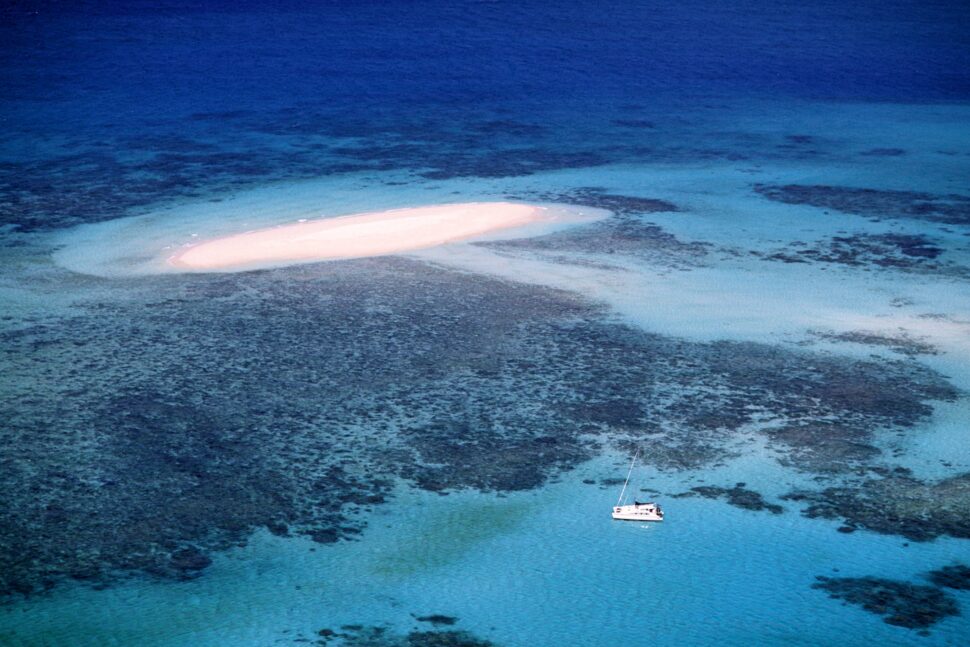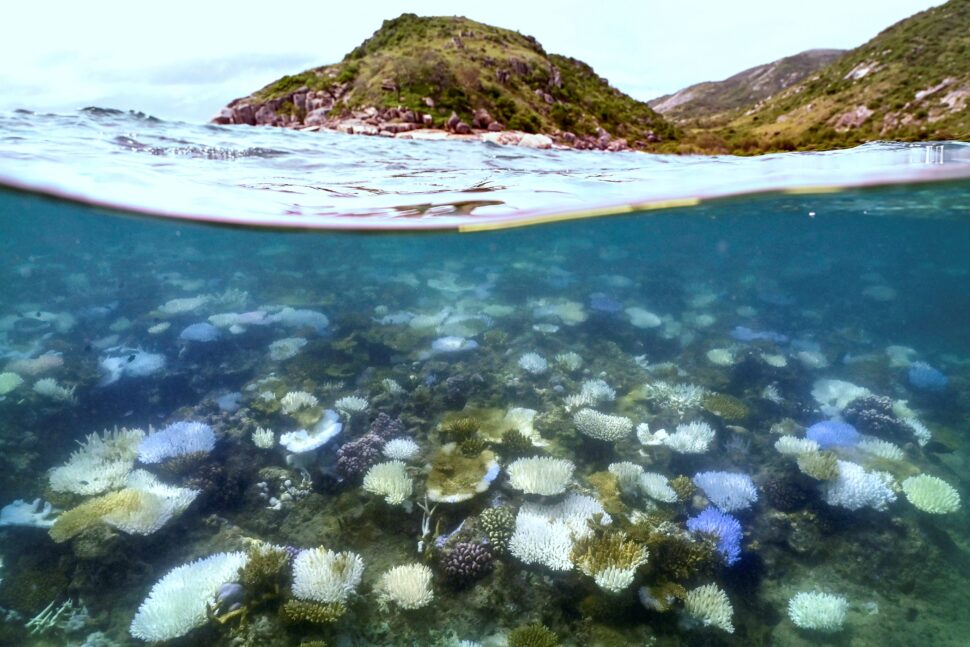Planet Earth has far more than just seven Natural Wonders, but there’s been an admirable effort for humanity to protect the spots around the globe that have earned this prestigious title. On the list are America’s Grand Canyon, the Harbor at Rio de Janeiro in beautiful Brazil and of course, Australia’s Great Barrier Reef. The underwater gem spans 1,400 miles of the ocean Down Under, and is widely known as the world’s largest living structure. Sadly, new research indicates that the once-colorful tourist attraction is rapidly changing with the effects of climate change.
Australia’s Natural Wonder Now Described as a ‘Graveyard of Coral’

Earlier this week, researchers reported that parts of the Great Barrier Reef have suffered “the highest coral mortality on record,” per CBS News. This comes after a summer of mass bleaching, two cyclones and flooding in the area; in the last eight years, there have been five mass bleaching events which turn the Natural Wonder from its vibrant colors to a bland shade of white. This occurs as “water temperatures rise and the coral expels microscopic algae, known as zooxanthellae, to survive,” the outlet explains. If heightened temperatures persist, coral eventually turns white and dies off.
In their latest study, the Australian Institute of Marine Science surveyed 12 reefs and found up to 72 percent coral mortality. Specifically, a northern section of the reef showed that about a third of hard coral had died, marking the “largest annual decline” in the past 39 years of government monitoring. Acropora, a rapid-growing species reportedly has the highest death rate.
When Will the Great Barrier Reef Die?

Head of oceans at World Wildlife Fund Australia, Richard Leck, noted the 2024 surveys confirmed his “worst fears” about the situation. “The Great Barrier Reef can bounce back but there are limits to its resilience,” he explained. “It can’t get repeatedly hammered like this. We are fast approaching a tipping point.” Because the surveyed area is “relatively small” in comparison to the natural wonder’s full size, Leck expects that “similar levels of mortality” will be observed in the full report released next year.
According to the expert, Australia’s need to commit stronger emission reduction targets is only reinforced by this news; he believes the country should aim for at least 90 percent below 2005 levels by 2035 while moving away from fossil fuels to help out Mother Nature. CBS notes that the tourist hotspot is “one of the world’s largest gas and coal exporters and has only recently set targets to become carbon neutral.”
For now, the future of the World Heritage Site depends largely on how the nations surrounding it choose to move forward. “The Great Barrier Reef is not dead. Nor is it in good health. The truth is complex. To understand what’s going on takes more than a headline,” the Australian Institute of Marine Science wrote in mid-2023. That year, they noted a “rebound” in the Reef, but pointed out that, “We’re heading towards a future where hotter water temperatures will likely cause bleaching every year, along with ongoing threats of cyclones and coral-eating starfish. Recovery requires reprieve – and those opportunities will diminish as climate change progresses.”





